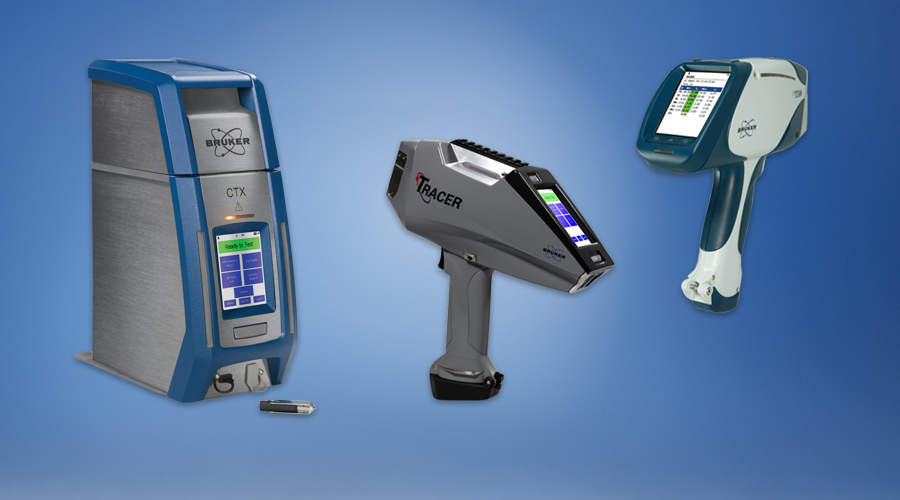Concrete and Cement
Raw Materials
Verification of Raw Materials in Cement Production by FT-IR
常见的materials used to manufacture cement include limestone, shells, and chalk or marl combined with shale, clay, slate, blast furnace slag, silica sand, and iron ore.
The identity and quality of the ingredients used must be clearly established in order to deliver the optimal product. Since so many different raw materials are used, a truly universal analysis technique is required.
FT-IR spectroscopyanalyzes solids and liquids, whether organic or inorganic. It is easy to use and is generally non-destructive. Especially if organic additives are added, or for production of functional building materials, FT-IR is the ideal tool.
Sealants
Evaluating Surface Functionalization and Coatings of Concrete via FT-IR
The surface of concrete can be exposed to many harmful influences. These include environmental stress, moisture, but also graffiti. When surface refinements are applied to concrete, they must be verified and evaluated.
FT-IR spectroscopyis used in the development and quality control of new types of concrete coatings, to test their functionality and optimize the coating process.
The analytical method is based purely on the反射的红外线. Therefore, the sample does not have to be prepared or damaged to examine the coating on the concrete. On top of that compact spectrometers can be used on site, even by untrained personnel. Interested?
Element Distribution & Concentration
Weathering of Concrete
具体适用下可以持续数千年e conditions. Nowadays we frequently find images of cracked and weathered concrete. As concrete is a mixture of many complex chemical compounds its durability depends on environmental conditions. Saltwater, for example, leads to chemical reactions that change the volume and lead to stress and strain in the concrete structure. Chlorine (Cl) is one of the most important elements to understand the aging and deterioration of modern concrete surfaces, as an increase in Cl leads to an expansion of the matrix, forming cracks and resulting in a loss of stability in any construction over time. Consequently, it is desirable to detect even small amounts of Cl in the matrix.
Micro-XRF has developed into a powerful technique to analyse concrete by elemental mapping of the surface of a drill core using theM4 TORNADO PLUSmicro-XRF spectrometer. It allows fast measurment of large areas, with high resolution in short times and provides compositional information as well as phase analysis for quick estimation of cement to aggregate ratio.Read more
Related micro-XRF Publications
Understanding Cement Microstructure
Often the concentration on cement and concrete analysis is surface related, but what happens inside is just as important. Distribution of aggregate, internal fractures and adherence to underlying substrate all are key to ensuring that the installation meets requirements. X-ray Microscopy allows the visualization of cement and concrete slugs for the aforementioned defects.
Chemical Classification
Chemical Classification on Smallest Scales
Portland cement is one of the basic materials in the construction industry. The principal component of Portland cement is clinker. According to the cement nomenclature, clinker contains two silicate phases: Ca3SiO5(alite) and Ca2SiO4(belite), as well as aluminate and ferrite. The alite to belite ratio is responsible for the strength of Portland cement in cement clinker. The ability of determining this ratio already during the burning phase is essential for the evaluation of the cement’s final strength.
High-speed mapping with theQUANTAX EDSdelivers the necessary information for chemical classification and image interpretation in a very short period of time.
Phase Analysis
XRD Phase Analysis of Cement
Both the manufacturing process as such and the quality of final cement products and the performance of the manufacturing process are predominantly defined by the phase (or mineralogical) composition. In the last decade, XRD has become the standard for true phase-sensitive analysis and is currently the most direct and the most reliable analytical technique for quantitative analysis of crystalline and amorphous phases. Most significantly, XRD analysis is performed in less than 5 minutes and thus exceeds outdated techniques like microscopical point counting or titrations or concepts that use indirect parameters or simplified models, such as the Bogue equations.
추가 정보
Lab Reports & Brochures
- D8 ENDEAVOR Cement
- G4 ICARUS Series 2: Fast and Reliable Carbon and Sulfur Determination in Cement
- S8 LION: Fastest Process and Quality Control in Cement Production by Simultaneous WDXRF (ASTM C114)
- S8 LION: Rapid Free-Lime Quantification in Clinker for Cement Process Control
- Quality Control of Raw Materials and Formulations in the Construction Industry














